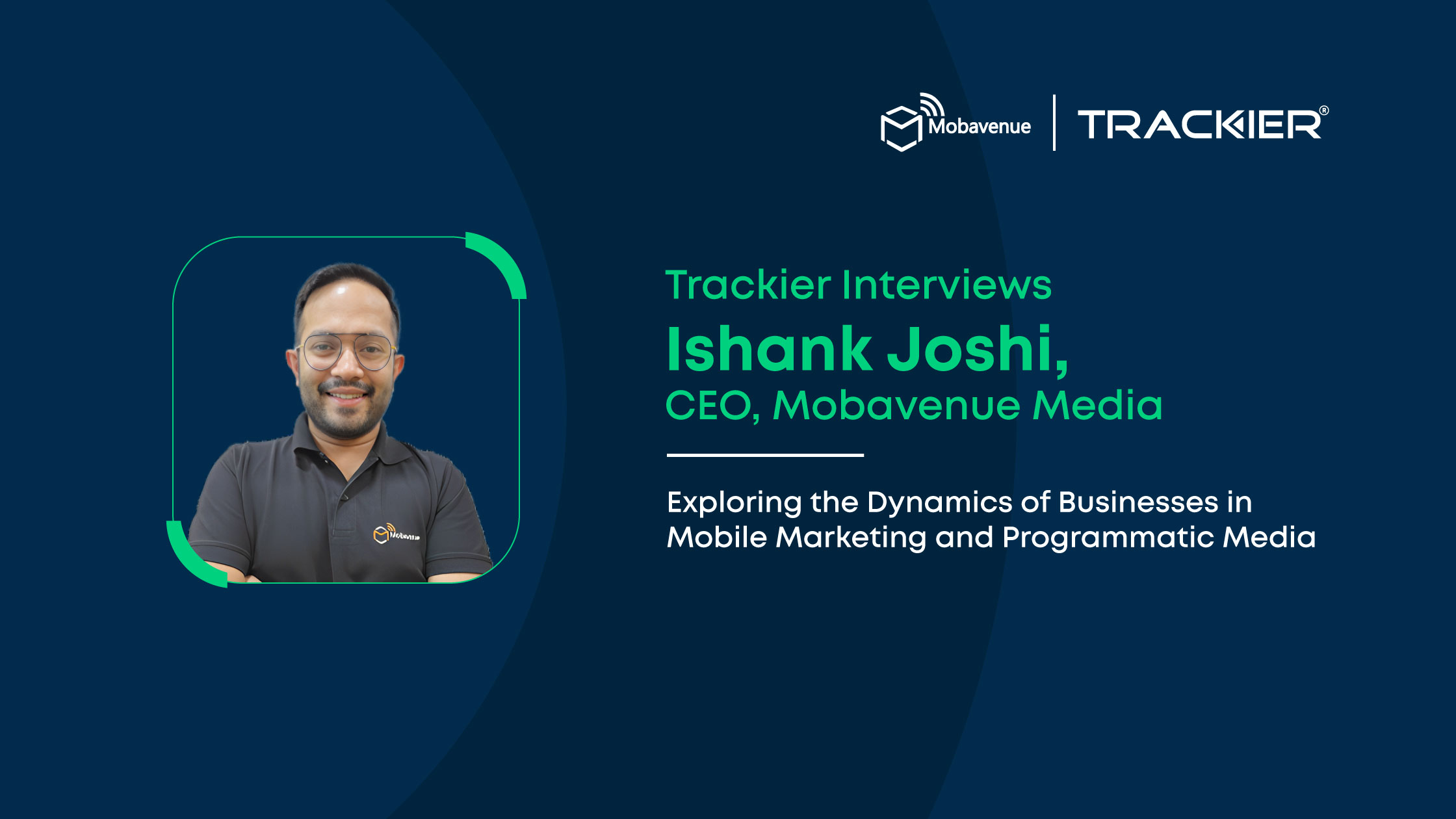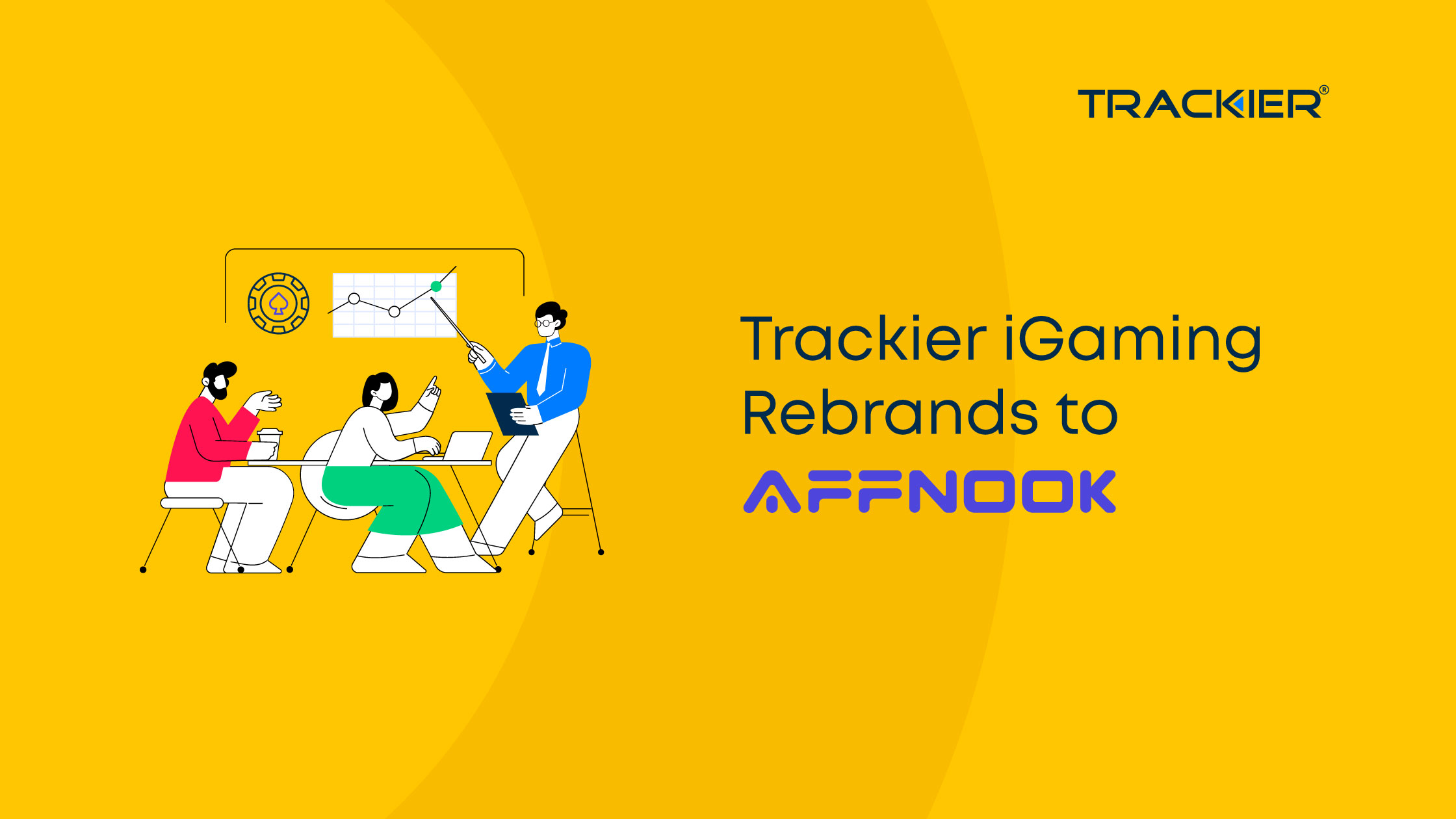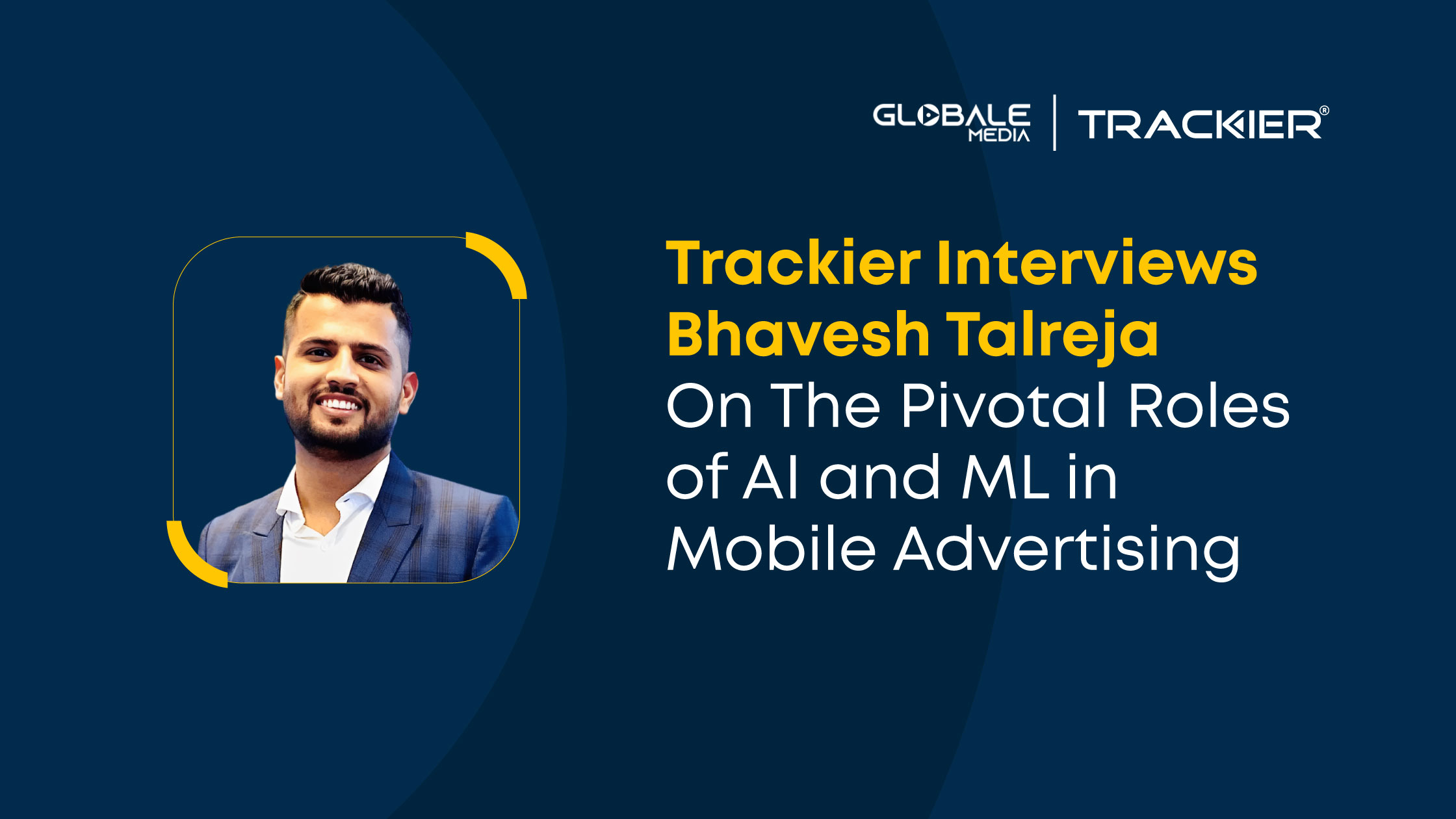We live in an era of privacy that will increasingly define how consumers interact with digital tools and how marketers gauge the success of their campaigns. The change from deterministic granular data to a more complex aggregate reality, however, is difficult and challenging.
Although almost all of the meanings and interpretations associated with the word privacy are positive, in the context of digital marketing, it also conjures up images of ambiguity, complexity, confusion, and restrictions.
Every single conversation I have with mobile marketers brings up this one issue. The one factor that causes measurement and attribution to decline constantly. Your decisions now revolve around concepts like GDPR, CCPA, third-party cookie deprecation, ATT, SKAN 1.0/2.0/3.0/4.0, and Android Privacy Sandbox.
Some result from genuine concern for consumer privacy, whereas others are significantly influenced by the competing interests of today’s major tech platforms. But one thing is clear: growth marketing is a challenging job that has only become more difficult to perform.
All of this complexity draws attention to an undeniable call for us. At Trackier, our job is to make things simple and help companies achieve marketing greatness. However, both of those jobs are getting harder these days.
The multiple divisions in attribution
While the marketing on Android is largely unchanged and measurement is based on the soon-to-be-retired GAID identifier, the most significant changes have occurred on Apple’s iOS.
In the past, the IDFA-last-click model was generally accepted by businesses. Sure, the MTA was what we all ideally desired. And certainly, we wanted SANs like Google or Snap to share impression-level data at the IDFA so that we could have a suitable MTA.
Yes, we wanted the App Store to have a “referrer” system akin to the Play Store. However, the market was largely in harmony. You just had an acceptable method of measurement.
However, as we move forward with technology and privacy concerns, the market is yet again divided. Let us understand these divisions.
-
iOS and SKAdNetwork
The first division is that of iOS and SKAdNetwork, which is Apple’s privacy-preserving yet very limited Attribution API.
Well, there are two types of companies that exist in the attribution industry. One is pro SKAN, and the other not so much. But what they have in common is that both groups contain super smart companies and have clients of all verticals and sizes.
But our key takeaway is that, companies using SKAN have grown immensely, regardless of their public hatred towards it.
It could be a huge competitive advantage if everyone else is having trouble getting SKAdNetwork to work while you can.
-
Fingerprinting or Probabilistic attribution
Following the release of SKAN by Apple, the majority of businesses stopped using probabilistic attribution, aka fingerprinting, which violates Apple’s guidelines. This means these companies were willing to let go of a competitive advantage in the attribution industry.
Contrarily, it’s well known that some businesses continue to use fingerprinting techniques on a specific subset of their traffic. But their numbers are gradually declining.
Recent reposts state that over 80% of the companies have shifted to SKAN while the remaining 20% still use the probabilistic approach. However, there is no denying that the remaining 20% also use SKAN.
Hence this cannot be a long term winning strategy amongst the analytics platforms.
-
Media Mix Modeling (MMM) and incrementality
The process of media mix modeling heavily relies on data science.
It outputs an estimated ROI by channel (or campaign, or more) using aggregate spending, aggregate revenue, and other ecosystem parameters.
Its independence from IDFA and lack of special access to platform data make the appeal more logical. Furthermore, it only needs total spending and revenue information, which is easily available if you use a platform like Trackier.
MMM, however, is not a brand-new idea. What’s new is the drive to investigate the potential that MMM offers and see if it can be developed into a more up-to-date, lightweight SaaS product that can be made available to app developers who are currently hampered by the lack of information provided by SKAN and will be in the future by Privacy Sandbox on Android.
There are people who believe that MMM is the way to find your true ROI and therefore measure the true incrementality of your media, but MMM can take a ton of investment to get right.
When tailored to the unique environments and requirements of mobile marketing, both media mix modelling and incrementality have value. Both can be incredibly useful for tracking and allocating marketing budgets across all channels, including TV, connected TV, all types of streaming media, out-of-home, the web, and even very traditional ones like print or flyers.
Hybrid measurement is the future of marketing
I believe it is clear that at this time, the topic of conversation shouldn’t be the best measurement technique to employ. Instead, it concerns how, when, and where we combine different measurement methodologies.
This is why I believe that Hybrid Measurement is the way to go about it.
Truth be told, there’s still a lot to learn and discover about hybrid measurement as we put it to the test with customers, but at its core, there are three key concepts we’ve decided on:
- Infrastructure for unified data
- Various measurement techniques
- Reporting and insights for various perspectives and objectives
Unified data infrastructure
Trackier has always held the opinion that great marketing requires the convergence of many different channels.
That has been the guiding principle of our product design, and we have succeeded in building the best platform in the world for managing marketing data that comes from literally tens of thousands of different sources.
There is a lengthy list of essential data inputs needed to properly construct the hybrid measurement vision, such as
- Data on marketing expenditures
- Delivery information for marketing campaigns (impressions, email views, and deeplink opens)
- Granular measurement signals (IDFA, GAID, cookies) that are permitted
- Combined measurement signals with privacy protection (SKAN, Android Privacy Sandbox, ITP)
- Online and offline revenue figures
- Customer data (engagement, CAC, LTV, cross-platform activity)
- Ecosystem data (economics, weather, consumer behavior, and seasonality)
I can say with certainty that our foundation for developing this vision is very solid. We have the most sophisticated combination of measurement methodologies on the market, the best-unified data infrastructure, and reporting and insights layers that have undergone stress testing and iterative improvement.
But that doesn’t mean our work is over. Well, far from it, we’re just beginning.
Various Measurement Techniques
There will be multiple views of performance that employ various methodologies using all the aforementioned data, rather than relying on a single view of performance (which is currently not really possible given the data fragmentation in iOS) and serving various purposes:
- Views and methodologies that offer last touch or multi-touch attribution based on data from allowed granular attribution sources (Web, iOS, Android, 1st party data, PC, Console, CTV, Cross-Device data) when those sources are available
- Methodologies and perspectives based on aggregated privacy-safe measurement signals like SKAdNetwork, PSA for Android, and PCM for Safari
- views and approaches that rely on data science layers that are applied on top of all the measurement signals available (like our “SKAN Advanced Analytics”)
- Views and approaches that use Media Mix Modeling to evaluate the high-level return on investment of channels and campaigns, ascertain incrementality, and guide decisions like budget allocation
And as you might have noticed, we’re increasingly adding layers of data science to our measurement methodologies.
SKAdNetwork (with our SKAN Advanced Analytics product) and Media Mix Modeling are currently the main areas of focus. But as more privacy-safe technologies start to gain popularity (like Android Privacy Sandbox, Private Click Measurement, etc.), it will eventually be extended to include more of them.
Reporting and insights for various perspectives and objectives
These data sets were not initially intended to fit together. Consider combining aggregated privacy-safe measurement data (like SKAdNetwork) with permitted granular attribution data (like IDFA) in addition to statistical outputs from an MMM model.
You simply lack a precise method for determining where these data points overlap. The first is at the level of the device, the second is at the level of an aggregated cohort that is still somewhat deterministic, and the third is at the level of a comprehensive statistical model that examines correlations between spend, revenue, and other factors.
Merging these metrics can prove to be quite challenging, and so far, we are left with overly simplistic and inaccurate measurement options.
Conclusion
We have created the ideal platform that will allow us to realize this vision. For our platform and the sector as a whole, it has always been the logical path to growth, and privacy was the ideal driver to make it happen.
It’s amazing to see how data science is ingrained in everything we do today and how technology is progressing. On the other hand, we must continue to be dedicated to accessibility and simplicity, which is what the next generation of measurement solutions must offer.
We’ll be releasing more information about this endeavor over the upcoming months, so stay tuned.
In the interim, you can check our knowledgable Blog section and our take on attribution.
















